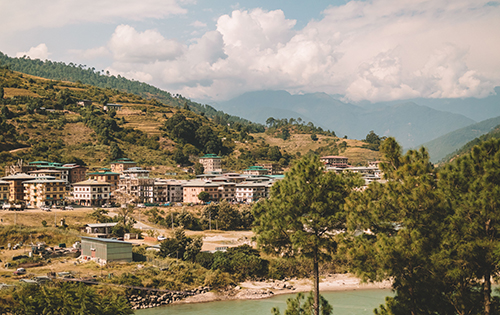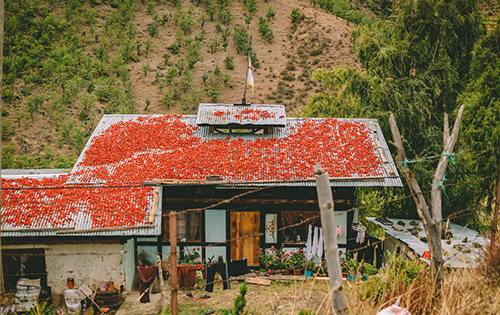Articles found in: Bhutan

Antipodean; Across the Himalayas
Published on December 13, 2018
By Ryan Neal Cordwell, AFAR Ambassador Just as Galileo had made headlines with his findings of the universe, some seven-thousand kilometers away, the great unifier Zhabdrung had just tossed a replica of the sacred Buddhist relic into the Mochu River. This implausible gambit, midst a grim and unflattering outlook, had effectively ended the Tibetan invasion. […]
Keep reading
Rubies of Bhutan
Published on December 3, 2018
By Ryan Neal Cordwell, AFAR Ambassador “Chilis,” Dorji responded. I hadn’t yet asked the question, but drawing from the gaze I wore at the passing valley as our tour descended unto the mountain Kingdom of Bhutan, he’d preemptively and accurately answered. Why are the roofs painted red? They weren’t painted, of course. Their otherwise […]
Keep reading
